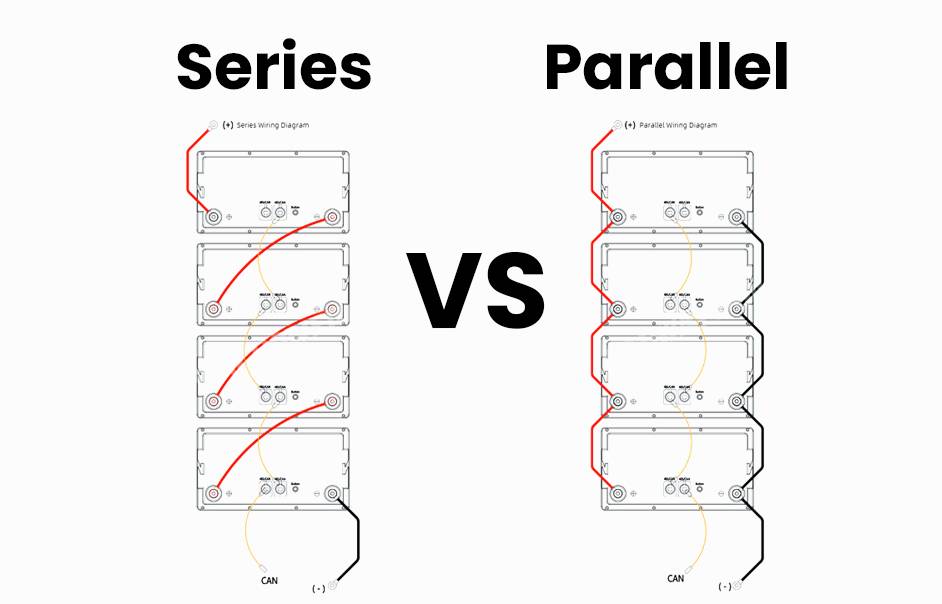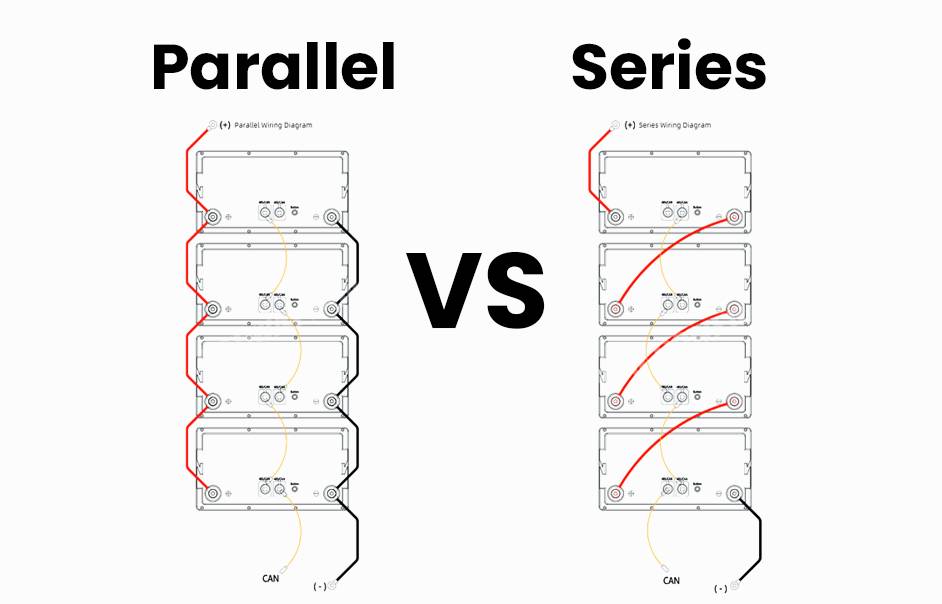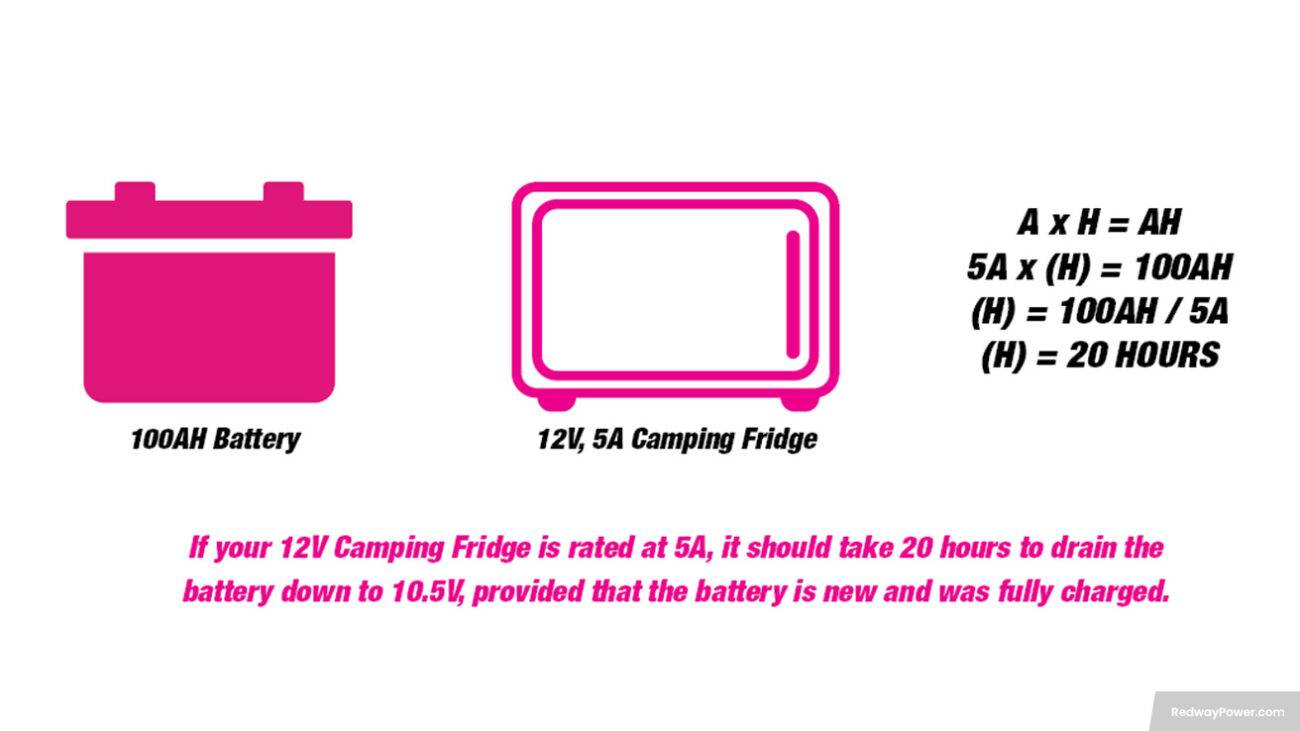- Lithium Golf Cart Battery
- Forklift Lithium Battery
-
48V
- 48V 210Ah
- 48V 300Ah
- 48V 420Ah (949 x 349 x 569 mm)
- 48V 420Ah (950 x 421 x 450 mm)
- 48V 456Ah
- 48V 460Ah (830 x 630 x 590 mm)
- 48V 460Ah (950 x 421 x 450 mm)
- 48V 460Ah (800 x 630 x 600 mm)
- 48V 460Ah (820 x 660 x 470 mm)
- 48V 500Ah
- 48V 560Ah (810 x 630 x 600 mm)
- 48V 560Ah (950 x 592 x 450 mm)
- 48V 600Ah
- 48V 630Ah
-
48V
- 12V Lithium Battery
12V 150Ah Lithium RV Battery
Bluetooth App | BCI Group 31
LiFePO4 Lithium
Discharge Temperature -20°C ~ 65°C
Fast Charger 14.6V 50A
Solar MPPT Charging - 24V Lithium Battery
- 36V Lithium Battery
- 48V Lithium Battery
-
48V LiFePO4 Battery
- 48V 50Ah
- 48V 50Ah (for Golf Carts)
- 48V 60Ah (8D)
- 48V 100Ah (8D)
- 48V 100Ah
- 48V 100Ah (Discharge 100A for Golf Carts)
- 48V 100Ah (Discharge 150A for Golf Carts)
- 48V 100Ah (Discharge 200A for Golf Carts)
- 48V 150Ah (for Golf Carts)
- 48V 160Ah (Discharge 100A for Golf Carts)
- 48V 160Ah (Discharge 160A for Golf Carts)
-
48V LiFePO4 Battery
- 60V Lithium Battery
-
60V LiFePO4 Battery
- 60V 20Ah
- 60V 30Ah
- 60V 50Ah
- 60V 50Ah (Small Size / Side Terminal)
- 60V 100Ah (for Electric Motocycle, Electric Scooter, LSV, AGV)
- 60V 100Ah (for Forklift, AGV, Electric Scooter, Sweeper)
- 60V 150Ah (E-Motocycle / E-Scooter / E-Tricycle / Tour LSV)
- 60V 200Ah (for Forklift, AGV, Electric Scooter, Sweeper)
-
60V LiFePO4 Battery
- 72V~96V Lithium Battery
- Rack-mounted Lithium Battery
- E-Bike Battery
- All-in-One Home-ESS
- Wall-mount Battery ESS
-
Home-ESS Lithium Battery PowerWall
- 24V 100Ah 2.4kWh PW24100-S PowerWall
- 48V 50Ah 2.4kWh PW4850-S PowerWall
- 48V 50Ah 2.56kWh PW5150-S PowerWall
- 48V 100Ah 5.12kWh PW51100-F PowerWall (IP65)
- 48V 100Ah 5.12kWh PW51100-S PowerWall
- 48V 100Ah 5.12kWh PW51100-H PowerWall
- 48V 200Ah 10kWh PW51200-H PowerWall
- 48V 300Ah 15kWh PW51300-H PowerWall
PowerWall 51.2V 100Ah LiFePO4 Lithium Battery
Highly popular in Asia and Eastern Europe.
CE Certification | Home-ESS -
Home-ESS Lithium Battery PowerWall
- Portable Power Stations
Which Is Better for Battery Wiring: Series or Parallel?

When deciding between wiring batteries in series or parallel, it’s essential to understand the differences and advantages of each configuration. Series wiring increases voltage, while parallel wiring increases capacity, making the choice dependent on your specific power requirements.
What Are the Key Differences Between Series and Parallel Wiring?
The primary difference between series and parallel wiring lies in how batteries are connected and how this affects voltage and capacity:
- Series Wiring: Connects batteries end-to-end, increasing total voltage while maintaining the same capacity (amp-hours). For example, two 12V batteries wired in series produce 24V.
- Parallel Wiring: Connects all positive terminals together and all negative terminals together, maintaining the same voltage while increasing total capacity. Two 12V batteries with 100Ah each wired in parallel will provide 12V at 200Ah.
Chart: Series vs. Parallel Wiring
| Configuration | Voltage Output | Capacity (Ah) |
|---|---|---|
| Series | Voltage adds up (e.g., 24V) | Same as one battery (e.g., 100Ah) |
| Parallel | Voltage remains the same (e.g., 12V) | Capacity adds up (e.g., 200Ah) |
What Are the Advantages of Wiring Batteries in Series?
Wiring batteries in series offers several benefits:
- Higher Voltage Output: Ideal for applications requiring higher voltage levels, such as electric vehicles or larger power systems.
- Simplified Configuration: Fewer connections are needed compared to parallel setups, making installation simpler.
- Cost Efficiency: Fewer batteries may be required to achieve desired voltage levels, reducing overall costs.
Chart: Advantages of Series Wiring
| Advantage | Description |
|---|---|
| Higher Voltage Output | Suitable for high-voltage applications |
| Simplified Configuration | Easier installation with fewer connections |
| Cost Efficiency | Requires fewer batteries for higher voltage |
What Are the Advantages of Wiring Batteries in Parallel?
Parallel wiring also has distinct advantages:
- Increased Capacity: Provides more amp-hours, allowing devices to run longer without needing a recharge.
- Redundancy: If one battery fails, others can continue to provide power, enhancing reliability.
- Lower Current Draw: Reduces strain on each battery, potentially extending their lifespan.
Chart: Advantages of Parallel Wiring
| Advantage | Description |
|---|---|
| Increased Capacity | Longer runtime for devices |
| Redundancy | Enhanced reliability if one battery fails |
| Lower Current Draw | Reduces strain on individual batteries |
How Do You Wire Batteries in Series?
To wire batteries in series:
- Connect the positive terminal of the first battery to the negative terminal of the second battery.
- Continue this pattern if adding more batteries.
- The remaining positive terminal on the last battery and negative terminal on the first battery will serve as your output.
Chart: Steps to Wire Batteries in Series
| Step | Action |
|---|---|
| Connect Terminals | Positive to negative between batteries |
| Final Output | Use remaining terminals for connection |
How Do You Wire Batteries in Parallel?
To wire batteries in parallel:
- Connect all positive terminals together.
- Connect all negative terminals together.
- The combined positive and negative terminals will serve as your output.
Chart: Steps to Wire Batteries in Parallel
| Step | Action |
|---|---|
| Connect Positive | All positive terminals connected |
| Connect Negative | All negative terminals connected |
Tips for Battery Wholesale Buyers: How to Choose a Reliable Manufacturer?
When considering wholesale purchases or OEM orders for batteries, it’s crucial to choose a reliable manufacturer. Here are some tips:
- Research Manufacturer Reputation: Look for established companies like Redway Power, known for quality and reliability.
- Evaluate Product Range: Ensure they offer various battery types suitable for your needs.
- Check Certifications: Confirm compliance with industry standards.
For OEM orders from a reputable manufacturer like Redway Power, which has over 13 years of experience in lithium battery manufacturing, ensure clear communication regarding specifications and delivery timelines. This approach helps secure high-quality products that serve as excellent alternatives to lead-acid batteries.
Redway Power Expert Views
“Understanding how to properly wire batteries is essential for maximizing efficiency and safety in any application. Whether you choose series or parallel configurations, knowing your power requirements will guide you towards the best setup,” states an expert from Redway Power.
Also check:
Wiring Batteries in Series vs Parallel, Which is Better?
Should Boat Batteries Be In Parallel?
RV Solar Panels, All You Need to Know
Solar Panel Series vs Parallel: Which is Better?
Charging Batteries in Series vs Parallel
When it comes to charging batteries, whether they are connected in series or parallel, the process remains essentially the same. Here’s how it works:
For batteries wired in series, begin by connecting the positive charger cable to the positive terminal of the first battery in the series. Then, attach the negative charger cable to the negative terminal of the last battery in the series. This ensures that the entire series of batteries receives an even charge.
Similarly, for batteries wired in parallel, follow the same procedure. Connect the positive charger cable to the positive terminal of the first battery, and connect the negative charger cable to the negative terminal of the last battery in the parallel arrangement.
Additionally, consider using a multi-bank battery charger if available. This can potentially reduce charge times for both series and parallel battery banks. However, always consult the manufacturer’s recommendations to ensure the optimal charging method for your specific batteries.
FAQs
What is the difference between connecting batteries in series vs in parallel?
Connecting batteries in series means connecting the positive terminal of one battery to the negative terminal of another, increasing the total voltage while maintaining the same capacity. Connecting batteries in parallel means connecting all the positive terminals together and all the negative terminals together, increasing the total capacity while maintaining the same voltage.
How do you connect a battery in series and parallel?
To connect batteries in series, connect the positive terminal of one battery to the negative terminal of the next battery. To connect batteries in parallel, connect all the positive terminals together and all the negative terminals together.
Do batteries last longer in series or parallel?
Batteries typically last longer when connected in series because they share the load evenly, resulting in more efficient usage of their capacity. However, this depends on factors such as the specific application and how well the batteries are balanced.
What are the advantages of connecting the batteries in series?
Connecting batteries in series increases the total voltage, which can be beneficial for applications requiring higher voltage levels. Additionally, batteries in series can provide more stable voltage output and can be easier to manage in certain configurations.
What are the rules for series and parallel circuits?
In series circuits, the total voltage is the sum of the individual voltages, and the total resistance is the sum of the individual resistances. In parallel circuits, the total voltage is the same across all components, and the total resistance decreases as more components are added.
Why do batteries need to be connected in parallel?
Batteries are connected in parallel to increase the total capacity available. This is useful in applications where a higher capacity is required without increasing the voltage.
Why is it better to connect batteries in series than in parallel?
Connecting batteries in series allows for higher voltages, which can be advantageous in certain applications such as powering electric vehicles or high-powered electronics. Additionally, series-connected batteries tend to discharge more evenly compared to parallel-connected batteries.
What are the pros and cons of batteries in parallel vs series?
Batteries in parallel provide increased capacity and can handle higher current loads, but they may be more prone to imbalance issues. Batteries in series offer higher voltage and more stable voltage output but require careful monitoring to ensure balanced charging and discharging.
Do batteries in series drain equally?
In theory, batteries in series should drain equally because they share the load. However, in practice, factors such as differences in internal resistance, capacity, and age can cause slight imbalances in the discharge rates. It’s essential to monitor and balance batteries in series to ensure they discharge evenly.

















